International Standards:
- ASME B16.9(U.S. Standard):Class 150, 300
- EN 1092-1(European Standard): PN6 to PN16.
- JIS B2312(Japanese Industrial Standard):5K to 16K
- GOST 12815-80(Russian/CIS Standard): 0.1 MPa to 0.6 MPa
- SABS 1123(South African Standard): PN6 to PN16.
- DIN 8603 : PN6 to PN16.
- BS 6121(British Standard): PN6 to PN16.
Pros:
- Vibration Damping: Absorbs mechanical vibrations from pumps, compressors, or engines.
- Thermal Expansion Compensation: Accommodates pipe movement due to temperature changes.
- Misalignment Tolerance: Corrects minor installation offsets without stressing the system.
- Noise Reduction: Minimizes fluid-induced noise in pipelines.
- Easy Installation: Simplifies assembly in hard-to-reach or complex layouts.
Cons:
- Pressure Limitations: Typically limited to PN16/Class 150; unsuitable for high-pressure systems.
- Material Degradation: Rubber/elastomer parts degrade under UV, high temperatures (>80°C), or aggressive chemicals.
- Reduced Flow Efficiency: Bellows or flexible liners may create turbulence or pressure drops.
- Maintenance Requirements: Periodic replacement of flexible elements due to wear.
- Cost: Higher initial cost compared to rigid flanges.
Description
A Flexible Joint Flange (or Flange-Mounted Expansion Joint) is a type of flange assembly integrated with a flexible element (e.g., rubber, PTFE, or metal bellows) to absorb vibrations, thermal expansion, or misalignment in piping systems. It combines the sealing capability of a flange with the flexibility of a compensator, ideal for systems exposed to movement or stress.
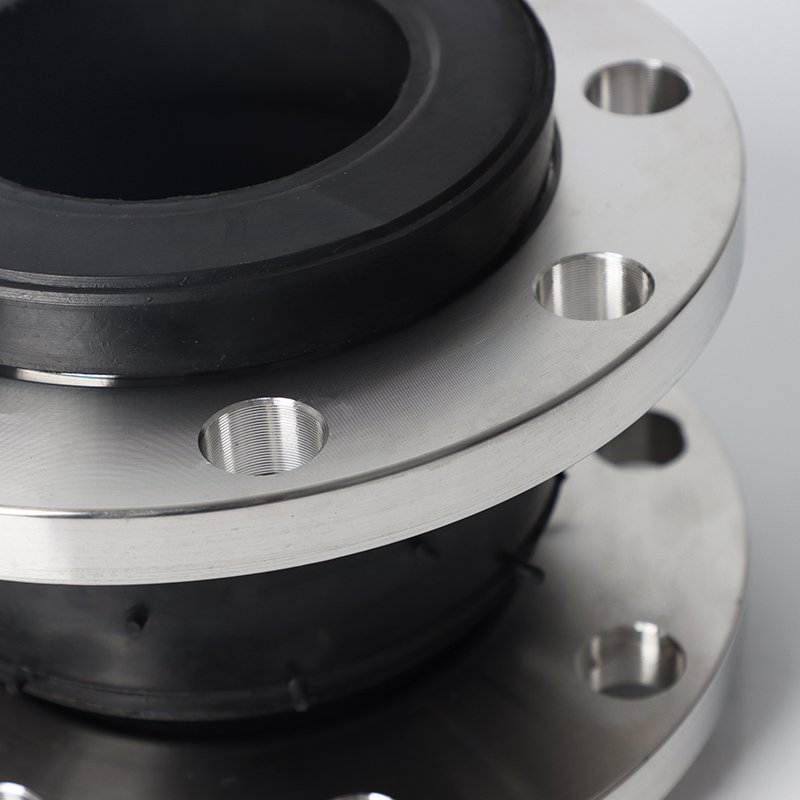
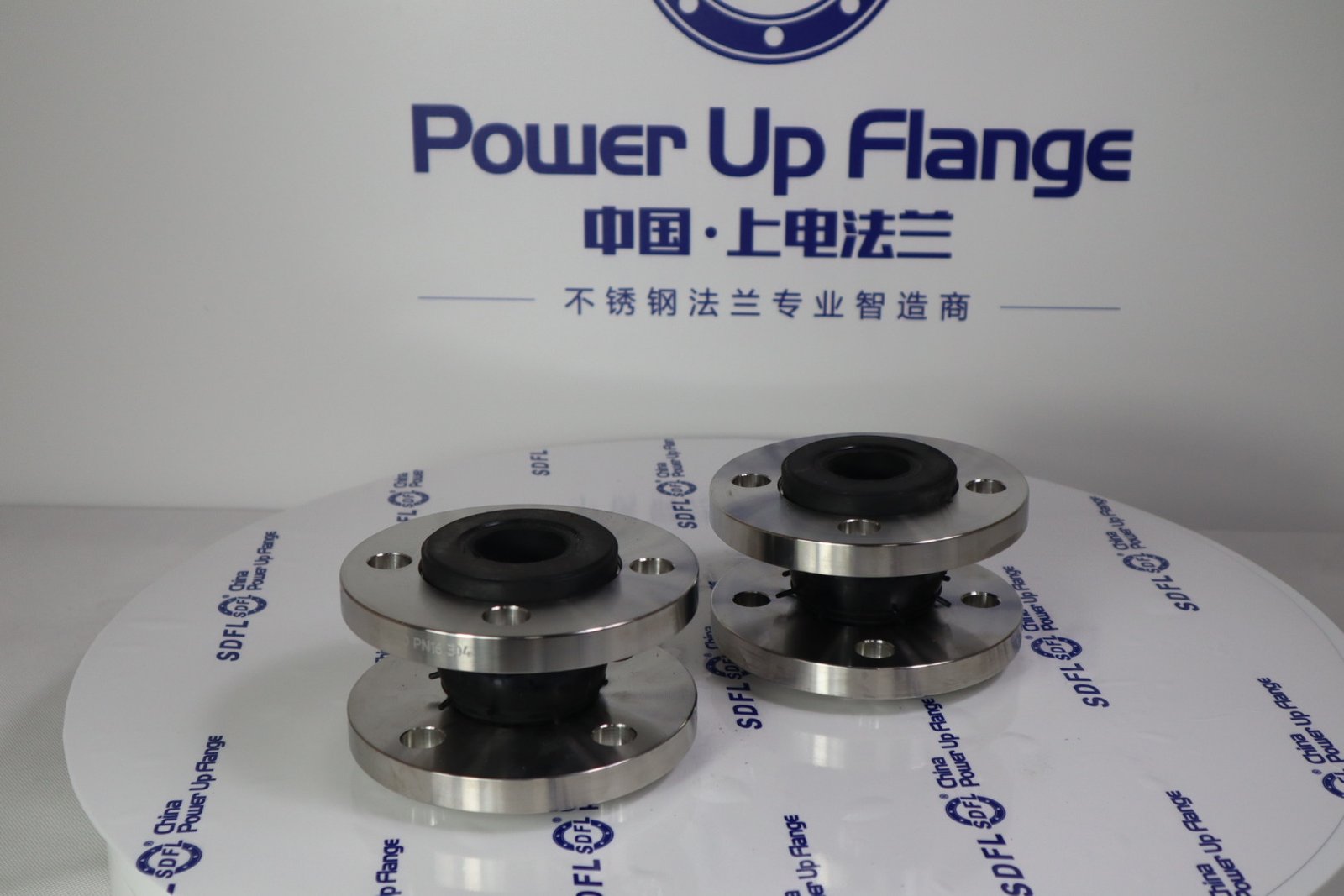
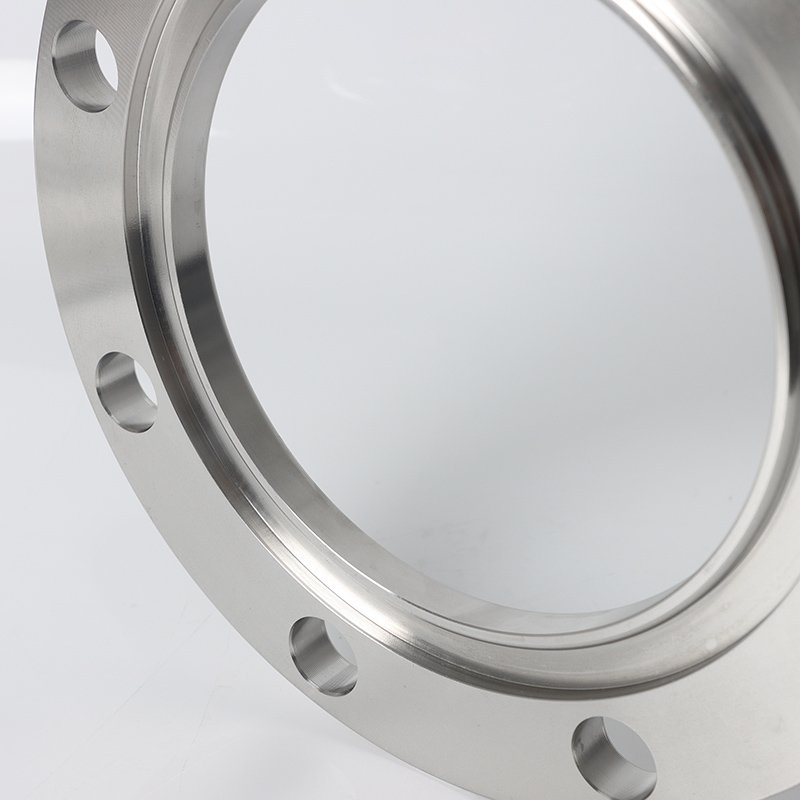
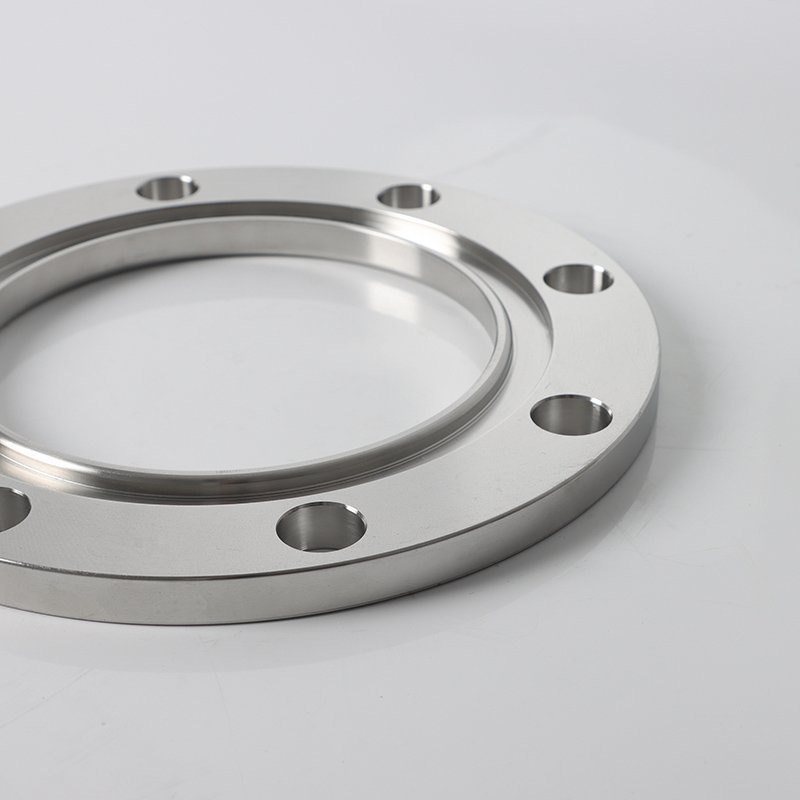
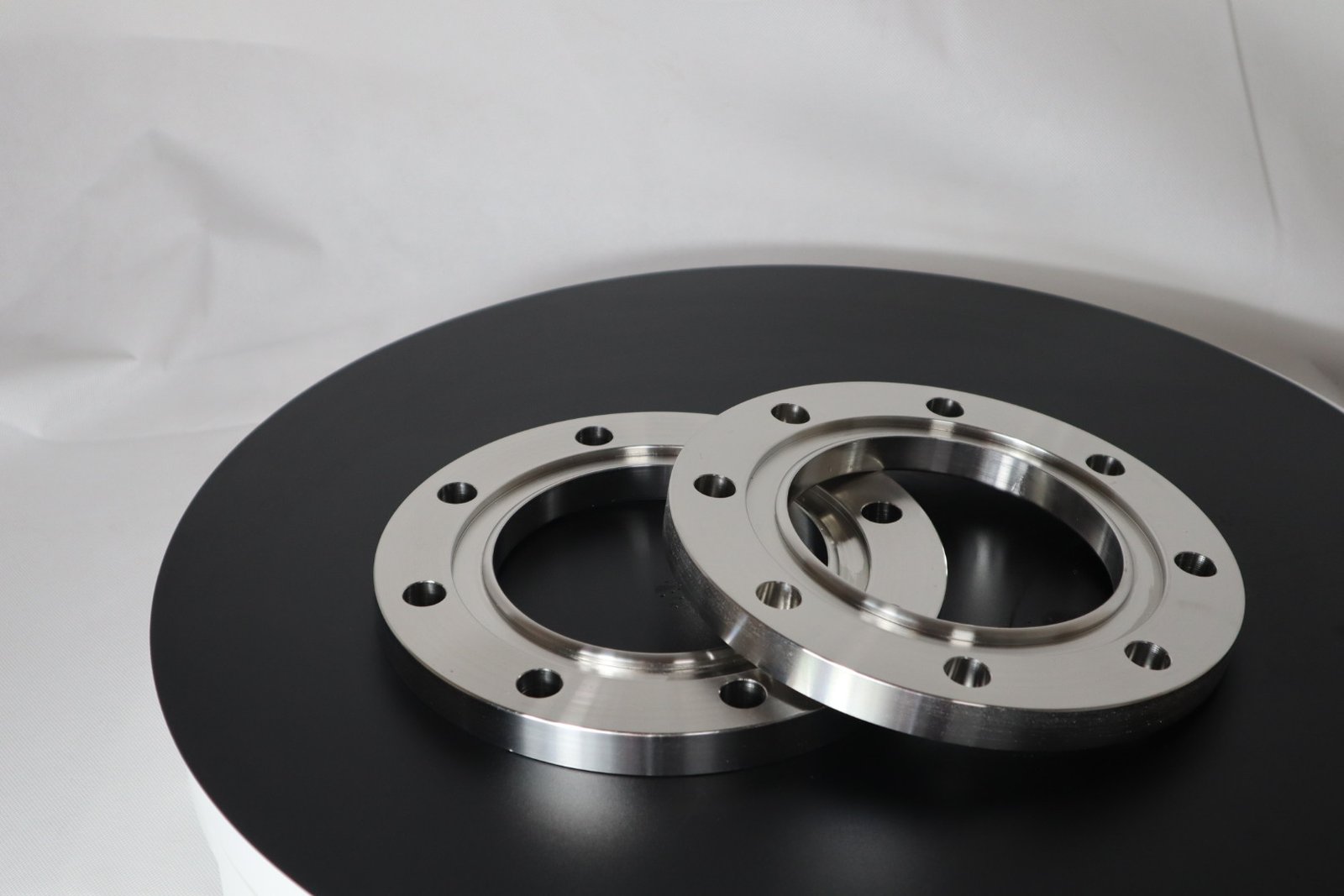
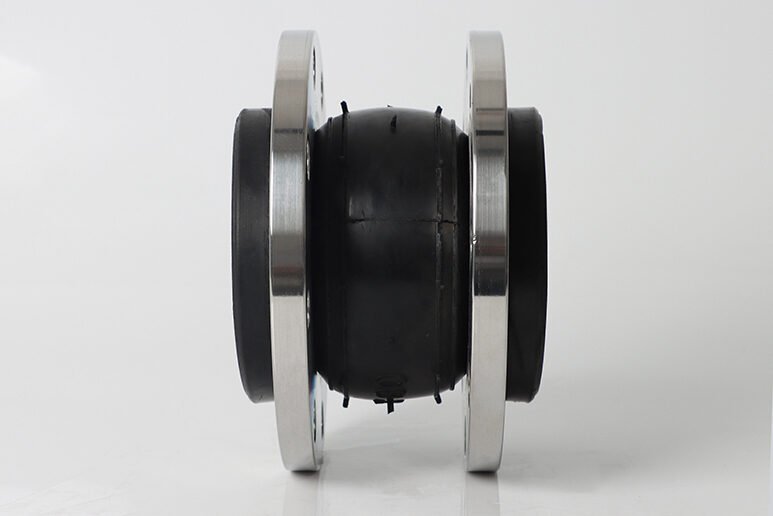
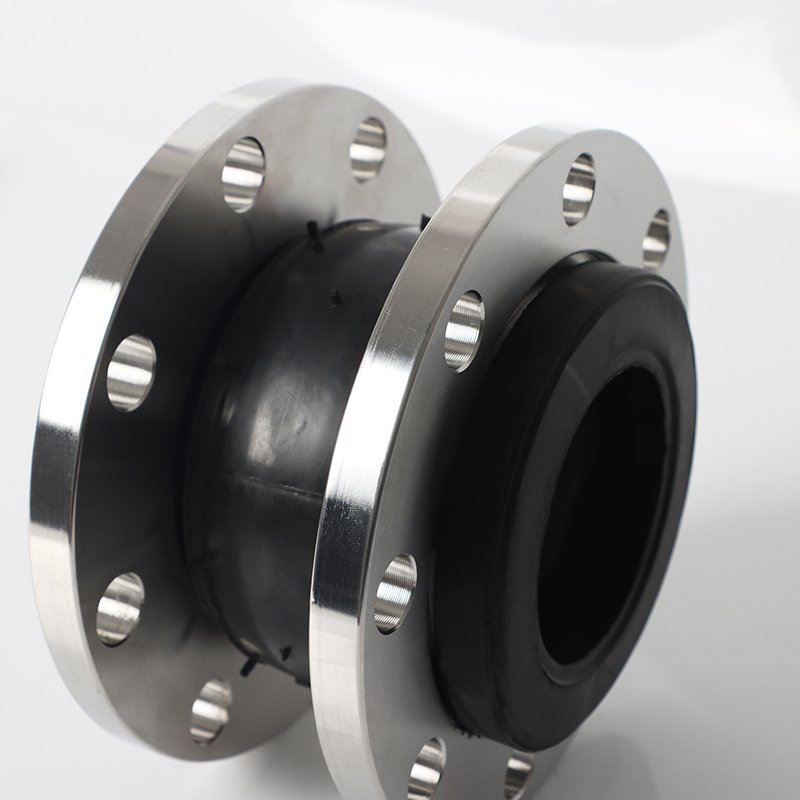
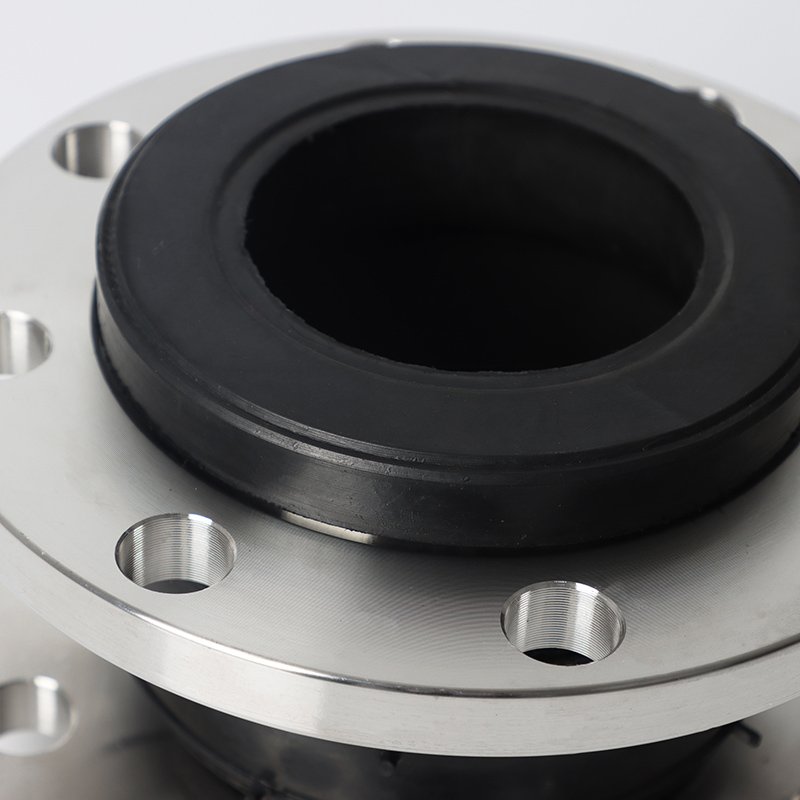

-7-300x400.jpg)

A –
GOOD.